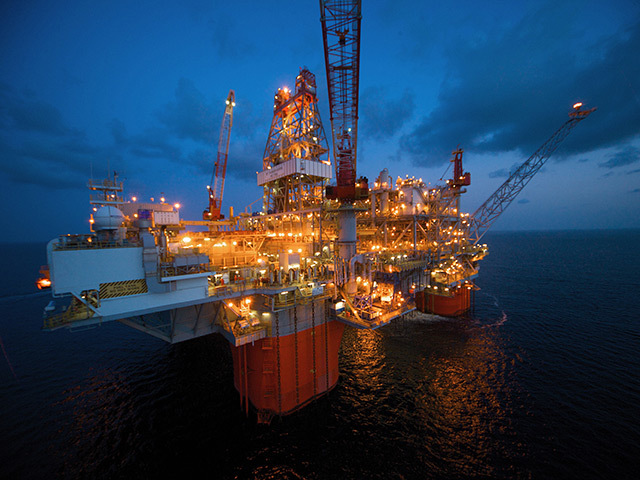
It’s not just the North Sea that faces major decommissioning challenges; the issue is beginning to confront the “off the shelf” sector of the US Gulf of Mexico oil and gas industry.
This is quite a different market to the shallow water GoM where thousands of small “toothpick” structures have been removed, almost routinely.
According to the latest Gulf of Mexico Offshore Decommissioning Report, to date only seven structures have been removed from water deeper than 152m (500ft).
However, there are another five or so structures currently located on expired and terminated leases that will require decommissioning in 2013-2014, the report warns.
Apache had two structures on terminated leases before it sold its assets to Fieldwood, and Shell, Unocal, SandRidge and Stone Energy each have one structure on terminated leases, the study records.
Additionally, Anadarko has one structure on an expired lease in 1,571m (5,155ft) water depth.
In what is classed as deepwater GoM there are 31 wells located on leases that are expired, terminated or have been relinquished.
Meanwhile, the American industry’s experience of deepwater decommissioning is described as “limited”.
Since 2009, only four deepwater fixed platforms have been removed. One of those, Chevron’s Typhoon mini tension leg platform, was sunk as an artificial reef after turning turtle during a hurricane in September 2005.
“Removal activity in the deepwater GoM is in its infancy,” writes report author, Prof Mark Kaiser of Louisiana State University.
In 2010, Chevron removed a fixed platform in 209m (685ft) of water, and in 2011 removed a structure in 189m (620ft) water depth.
In 2010, Sojitz Energy removed a fixed platform in 177m (582ft) and in 2009, BP removed a fixed platform located in 161m (530ft).
The report, now in its fourth iteration says the industry will need to face the challenge as there are currently 65 producing structures and one auxiliary structure located in more than 152m (500ft), with two structures being idle for five years or more, and five structures idle less than five years.
Shell faces the greatest challenge as it operates more deepwater structures and wells than any other operator in the Gulf of Mexico – 10 structures and 319 wells.
Prof Kaiser records that around half the total decommissioning spend in the Gulf of Mexico last year came from just four companies, with Apache way ahead of the pack.
Thus far, the spend has been dominated by a handful of companies.
Together, Apache, Chevron, Helix and McMoRan are estimated to have spent $752million on decommissioning in 2012, about half the total Gulf of Mexico (GoM) decommissioning market. The total market was worth between $1.3billion and $1.7billion last year, the report says.
In 2012, Apache and its subsidiaries are estimated to have spent $309million on decommissioning services in the US Gulf… around $195million on structure removals and $114million on well abandonments.
Chevron’s estimated outlay is $210million on decommissioning services in 2012 ($143million on structure removal, $67million on well abandonment).
Helix spent $145million ($84million on structure removal, $61million on well abandonment).
McMoRan, meanwhile, is estimated to have spent $88million ($46million on structure removal, $42million on well abandonment).
In 2011, Apache is estimated to have spent $363million on abandonment activities in the GoM: around $207million on structure removals and $156million on well abandonments.
Recommended for you
